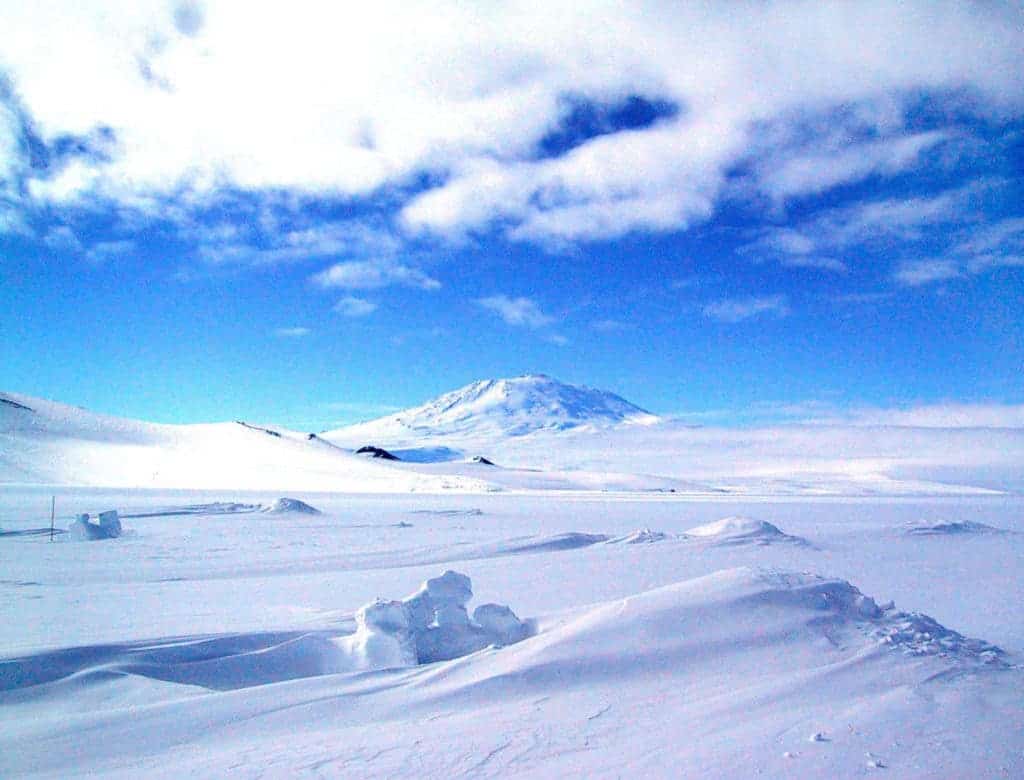From the waters of Antarctica to the food we eat, microplastics seem to have made their way everywhere. They’re on the tallest mountain and in the deepest trench, and according to a new study, they’re even in the pristine white snow.

Any piece of plastic under the size of five millimeters (0.2 inches) is considered microplastic. Microplastics are typically the result of the degradation of larger pieces of plastic, but they can also enter ecosystems from different sources such as cosmetics and clothing — from thereon, they enter the food chain and get eaten by animals (including ourselves) without even realizing.
Researchers first believed microplastics were transported mainly by water, but that turned out to not be the case.
A 2017 study showed microplastics are even in our drinking water, with the US having the highest contamination rate. But now it has become clear that they can also be transported by wind, ending up in the snow.
The first studies detailing wind transport appeared earlier this year. In April, a group of researchers from France and Scotland discovered microplastic in the Pyrenees, which had been blown in on the wind from Barcelona. Just a few months later, researchers found them in the snow of the Swiss Alps and the Arctic, likely transported by the wind.
On what was the most recent study, researchers from the Desert Research Institute of Reno also found microplastics in the snow of the Sierra Nevadas mountains in California.
This means there’s plenty of microplastics in the air — enough to be considered a type of air pollution — and yes, that also means there’s probably microplastics in snow.
The researchers that worked on the snow of the Alps and the Artic found an average of 1.760 microplastic particles per liter of snow that had fallen on icebergs between Greenland and Norway. The number was much higher in the European Alps locations, with 24.600 particles per liter on average.
The role of microplastics in the snow hasn’t received much attention from researchers so far. That’s why, for example, Columbia University has created a citizen science project called PlastiX-Snow Citizen Science to collect data on this. They hope to get samples of snow meltwater from people all over the US.
“Despite its importance, little is known about microplastic transport and deposition, especially by snow particles, and most people are not aware of the extent of the problem,” an abstract of their plan reads. “The project aims to fill these research and informational gaps using crowd-sourcing to achieve scientific research outputs”









